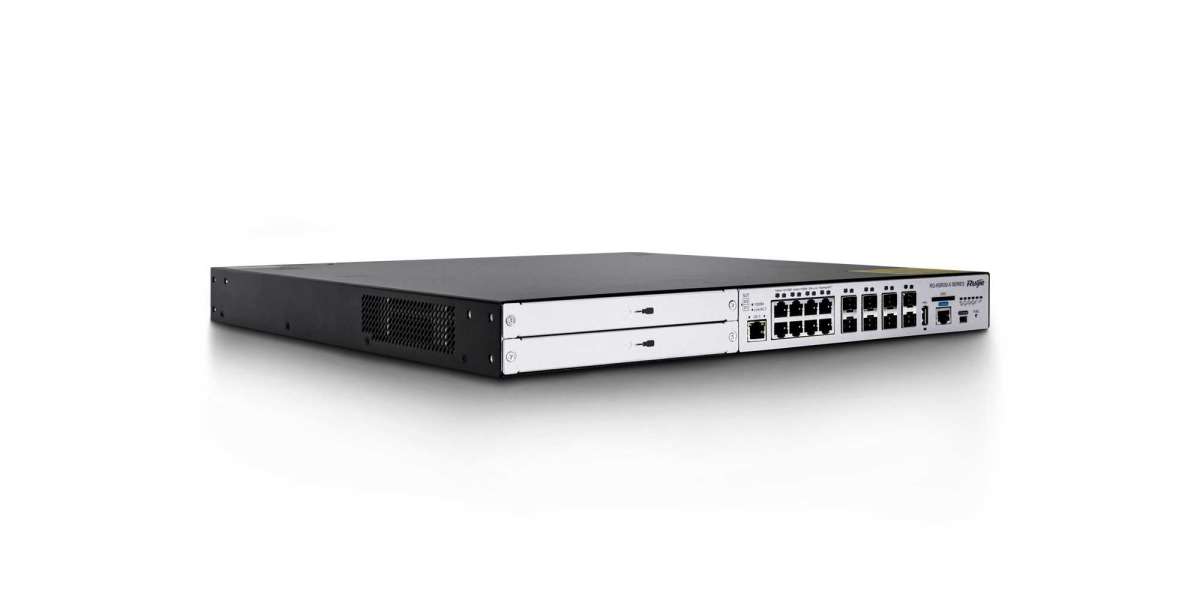If your home or office has multiple wireless networks, you may encounter situations where multiple access points need to be set up to cover all WiFi devices. At this point, WiFi routers with multiple ssids come in handy.
An important benefit of using multiple SSID routers is that you can have password protected internal networks and public customer networks. It allows internet access without internal access. In this way, you will ultimately achieve a certain degree of isolation, especially when setting up a router in an environment with many users.
How many SSIDs can a router have?
The SSID or service set identifier is the name of the user network. If you want to connect to Wi Fi through your phone or laptop, you will be able to see a list of ssids. Wireless routers or access points broadcast ssids, so nearby devices can find any available network.
SSID is an uppercase and lowercase text string that can contain up to 32 characters of letters and/or numbers. As long as these rules are followed, SSID can be any name.
In addition to obtaining the network name, Wi Fi scanning can also determine whether wireless security options are enabled for each network.
In most cases, the lock symbol next to SSID represents a secure network. Most wireless devices track the network to which users are connected and their connection preferences. For example, users can configure a device to automatically connect to the internet.
Router manufacturers assign a standard SSID (such as Default) to Wi Fi devices. However, since SSID can be changed, not all wireless networks use the same name.
Internet users often wonder if they must provide a separate SSID for each new device introduced into their environment or for each newly implemented plan. The answer depends on the type of device and hardware. The number of SSIDS supported by various manufacturers, running between 8 and 64.
The former may be achievable, while the latter is not, as wireless brings inherent management overhead. Both wireless access points and client users can generate eavesdropping communication.
Wireless clients locate access points through air transmission probes, which respond with beacons and probe responses.
This type of beacon, detection, and response generates a large amount of traffic, which in some cases accounts for 7-10% of wireless traffic. If you multiply this percentage by the number of SSIDs, you will find that excessive SSIDs can reduce the network and its performance.
I suggest that you do not use more than four SSIDs. This number is sufficient to meet 99% of the needs of supporting devices and users.
For example, you can deploy your SSID in this way: your first SSID will be the Guest SSID, which is rarely encrypted. Its job is to provide internet access for clients, while isolating clients from the company network through NAT mode and firewall rules.
The second type is internal SSID, which is only used for trusted users. This SSID will use bridge mode for encryption and network access. Through Group Policy, different VLANs, firewall rules, and bandwidth restrictions can be assigned based on user or device categories.
The third type is the legacy mode. If necessary, SSID can be enabled for legacy devices that use traditional encryption or data rates.
This SSID uses bridge mode with vlan, and you need to enable it in areas with legacy devices. Although you should enable band control and legacy bit rate, if you need to support legacy clients, this SSID can be an exception.


